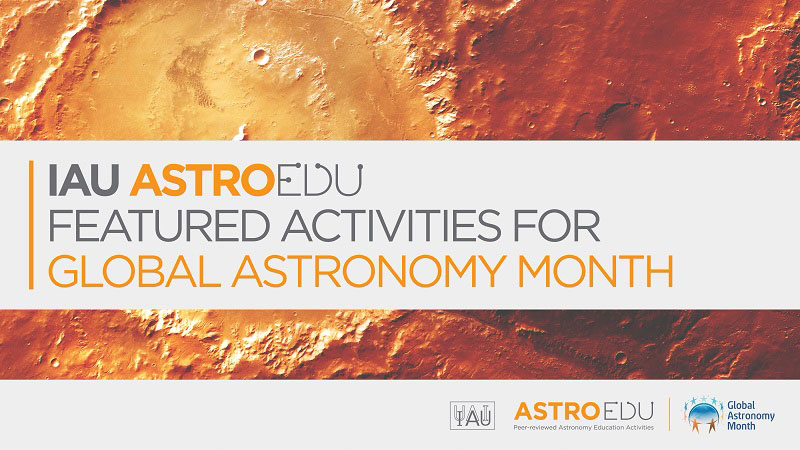April 2 Nursery (or Kindergarten or Preschool) students enjoy seeing the evening sky with the teacher from the playground or through a big window (indoor). This is especially relevant for students who stay for extra-hour care. During late evening hours, some students feel a little lonely waiting for their parents, but they have a wonderful natural treasure: the evening sky. By observing the evening sky with the naked eye, they will notice many colours, changing colours, the first star, the subtle colours of stars, twinkling stars, and the movement of stars. Nursery teachers who think they are not science-oriented will...
Read more...

